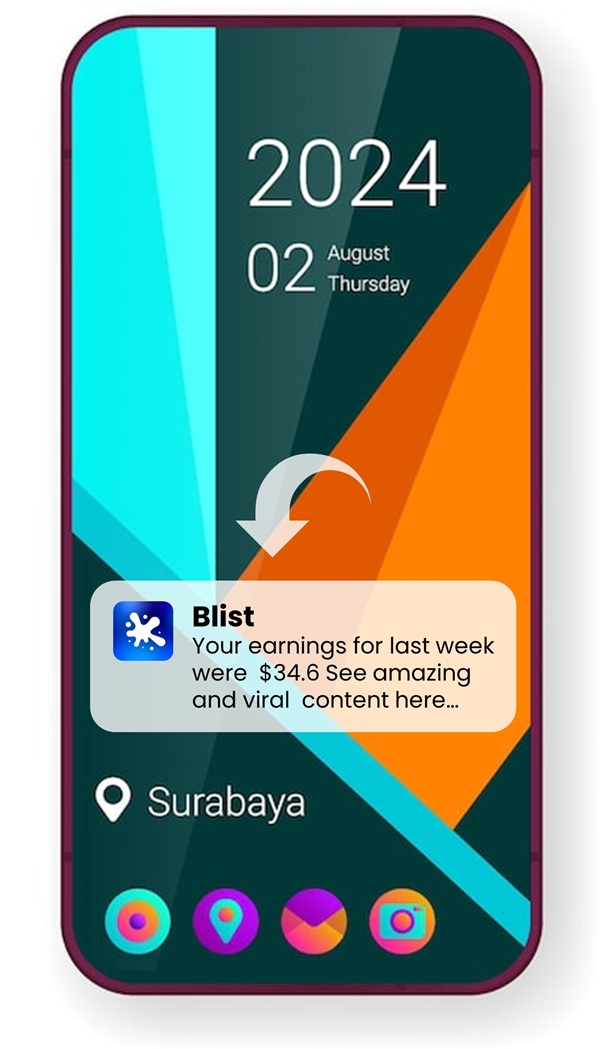Half the world's population still don't have internet. how is this possible? 🛜🌍


It is very difficult to imagine that in the year 2022 there are still around 4 billion people not connected to the internet, almost half the world population.
Some may argue that this is for their best considering the negative impact of social media these days. In this article, I will try to explain some of the reasons why something as simple as having the internet is not a luxury half the world can afford.
Availability

To be online, you need to be connected to a network and have the necessary infrastructure.
In many third-world countries, the infrastructure is not available to support everyone.
Ok, so what about mobile networks (3G, 4G, 5G)?
Many countries are still on 2G, which only supports basic internet requirements. Around 2 billion people have no access to 3G or 4G.
Affordability

Many people just can't afford internet connectivity, this is especially in Africa where data packages are relatively very expensive relative to the average person's income.
Because data packages are not cheap, a considerable portion have very limited access during the day, they can only visit a few websites within their allocated quota.
Relevance

In rural areas, people don't see the value of the internet, especially in developing countries. They just don't need it.
So basically they choose to be offline.
Language

Around 85% of the content on the internet is written in just 10 languages, almost half being in English.
Considering that there are more than 5000 languages around the world, around 2 billion people worldwide don't have enough content in their native and only language.
Literacy rate

Around 1 billion people around the world lack basic literacy skills. If someone can't read, it is going to be extremely difficult for them to navigate their way online.
More than 100 million people worldwide have never heard of the word internet and have no idea what it means.


























